Affiliate links on Android Authority may earn us a commission. Learn more.
What version of Android am I running? - Android customization
Published onJune 16, 2016
Time and again on the Android customization series we talk about needing specific versions of Android to follow along tasks and projects. Most of you know what you’re doing here, but if you you are new enough to Android, this is it folks, this is how you find out what version of Android you are running.
As you can imagine, there is no actual project on deck today, just a quick tutorial to help you know your device a little better. This is also, without doubt, a beginners task, I suspect that most seasoned Android users already know what to do here, and we have no cool tricks to speak of, join us next week for something more advanced.
Related reading: Android vs iOS – a quick overview
Before we begin
You will need to have an Android device with at least Android 1.6 installed. Ha, I’m funny, but seriously, any Android device will do. That being said, I will be using a Nexus device for this tutorial, the pure Android experience, and it is the latest available Android 6.0.1 Marshmallow. Your device may have slightly different instructions, but please go ahead and look for similarly named options in your device to get your version number.
What version of Android am I running?
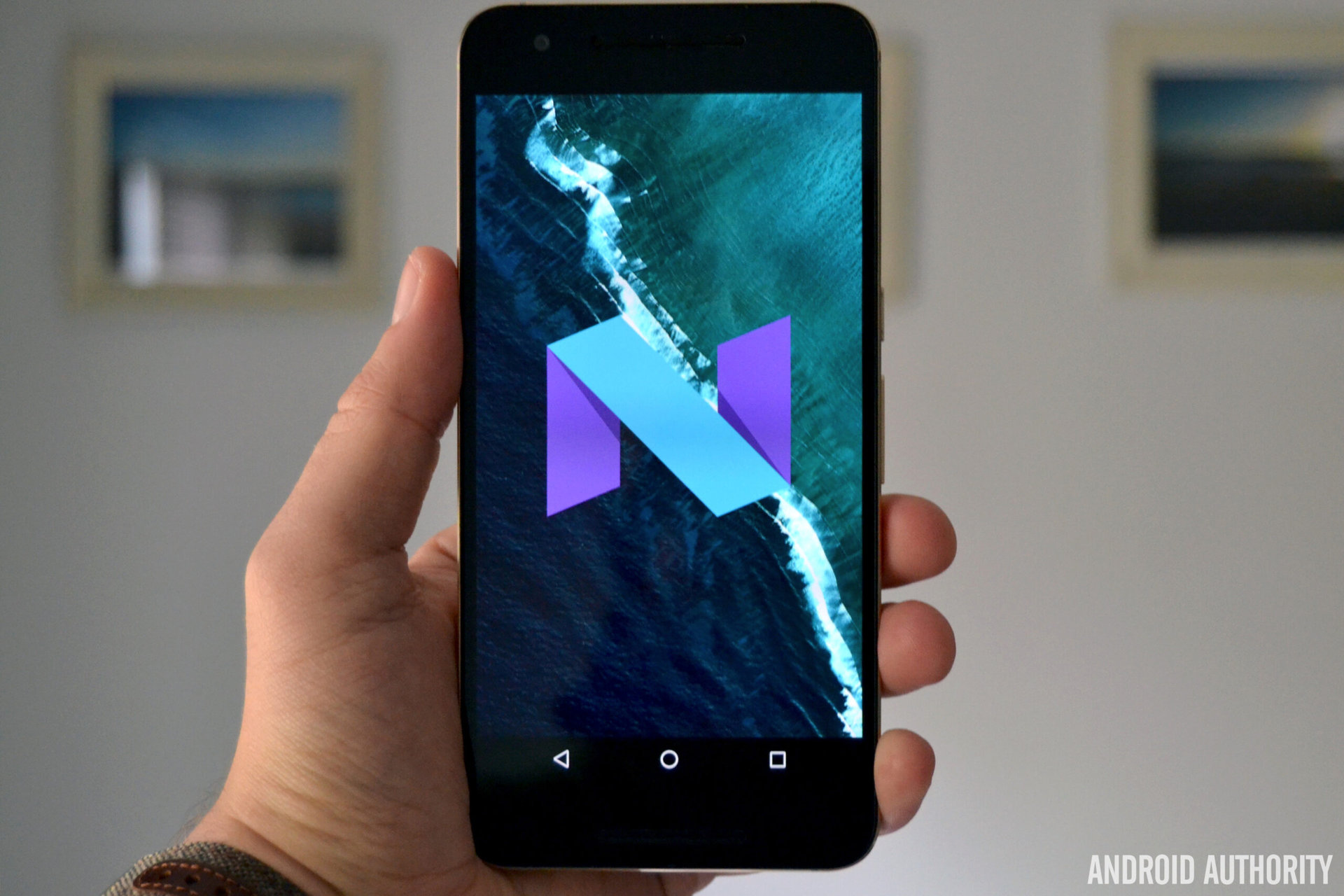
If you are just reading this for the fun of it, you may be wondering why one would want to know what version of Android they are running. I suspect that many of you did not just stumble onto this article by accident, that you came searching for it, so it would be fun to hear why you need to know your version. Hit the comments at the end, if you’d be so kind.
Likely you are looking at app or accessory compatibility, or trying to determine if your device has a feature specific to a version of Android, this is pretty common, as Android 4.2 and newer patches a few major security flaws, and the upcoming Android N includes much improved multi-tasking capabilities. Regardless, you are here and want to know what version of Android you have, so let’s do it.
Just kidding, let’s first look at what versions of Android are out there. I won’t list everything, but I’ll at least list the dessert named versions of the OS, Android 1.0 and 1.1 were sort of all before you could buy a phone with the OS installed anyway. In addition to the version name and number, I’ll add the initial release date of the versions of the operating system.
Named Android releases
- Android 1.5 Cupcake – April 27, 2009
- Android 1.6 Donut – September 15, 2009
- Android 2.0 Eclair – October 26, 2009
- Android 2.2 Froyo – May 20, 2010
- Android 2.3 Gingerbread – December 6, 2010
- Android 3.0 Honeycomb – February 22, 2011 (Tablet OS)
- Android 4.0 Ice Cream Sandwich – October 18, 2011
- Android 4.1 Jellybean – July 9, 2012
- Android 4.4 KitKat – October 31, 2013
- Android 5.0 Lollipop – November 12, 2014
- Android 6.0 Marshmallow – October 5, 2015
- Android 7.0 N (as yet unnamed and unreleased, but you could have helped name it.)
It is important to note that there were many point releases in between the major releases above. For example, Android 5.0, Android 5.1 and Android 5.1.1 are all considered Lollipop, even if they offer slightly different features and different developer API levels.
Please do keep in mind that the OS release date does not immediately indicate that it was made available on your phone. It can take months before phone manufacturers ship new devices with the latest OS, and updates to existing phones have proven erratic throughout the years. There is no guarantee that your device has or will ever see an update beyond what it shipped with either.
On that note, let’s finally look at the steps to identify your version of Android.
How to find your Android version
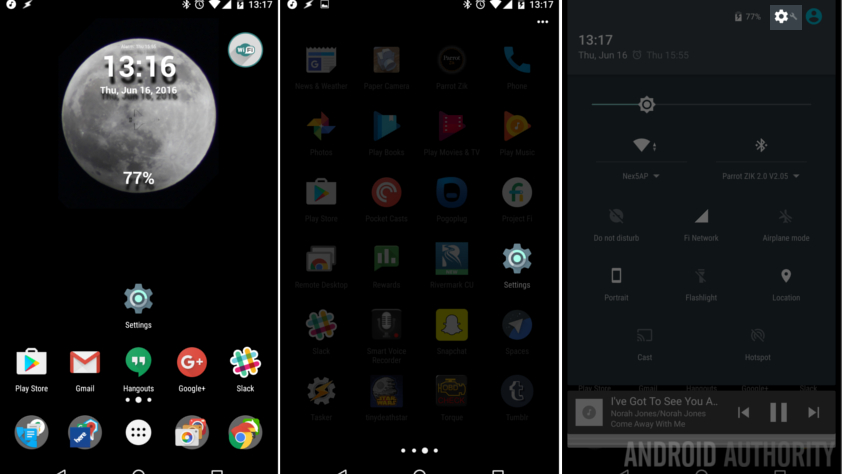
Start by opening the main system Settings. Settings is usually found as an app in your app drawer, or you can hit the gear icon in the quick settings notification shade.
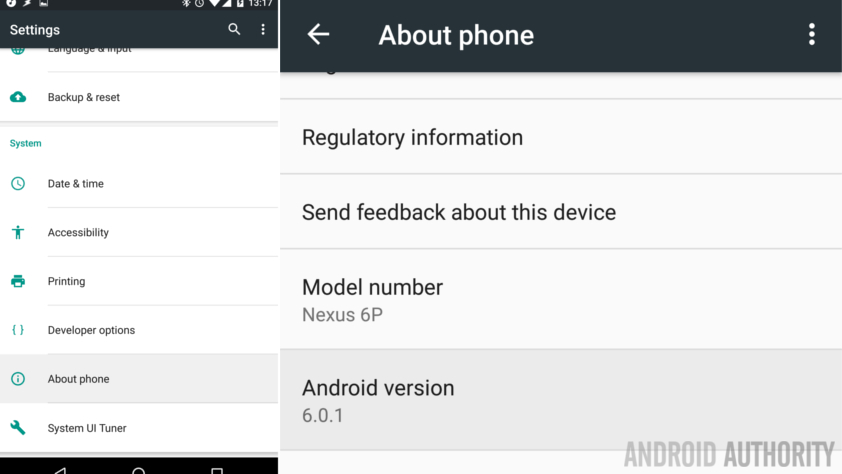
Scroll to the bottom and select About phone or About tablet.
Look for Android version. Mine is 6.0.1.
There you have it, for whatever reason you were needing to know your Android version, you are good to go. If you were hoping to see a different version, be sure to hit the System updates entry at the top.
What’s next
Your version of Android will greatly control the available features on your device. Android 4.2 was a major tipping point for both function and security, you will find many apps that require at least 4.2 to install and use at this point, and if you want to experience the latest and greatest of app capabilities, you’ll be wanting Android 6.0 and up. Particularly, Doze mode helps take battery standby times to previously very rare levels on Android.
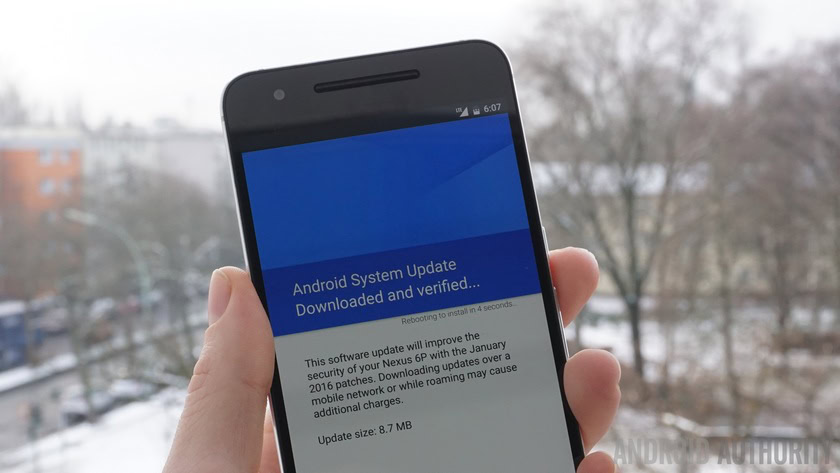
The topic of updates has been heated over the years, the Nexus program aimed to provide immediate updates to devices, and to include as many updates as possible to keep the device running for years. Truth is, there is a point when a device simply cannot move forward, is unable to keep up or even has too few active users to justify the costs of developing new software.
If the Nexus program has these issues, you can imagine how bad things can get for devices built by other manufacturers that only get to look at updates after a new version of Android has been released. With each manufacturer, and then each carrier needing to get their hands on an update before it can be approved for delivery to your phone, delays are common, and often perfectly capable devices are skipped for whatever reason.
Luckily, things are much better these days, with many devices and manufacturers promising and supplying updates much faster than in previous years.
Easter egg
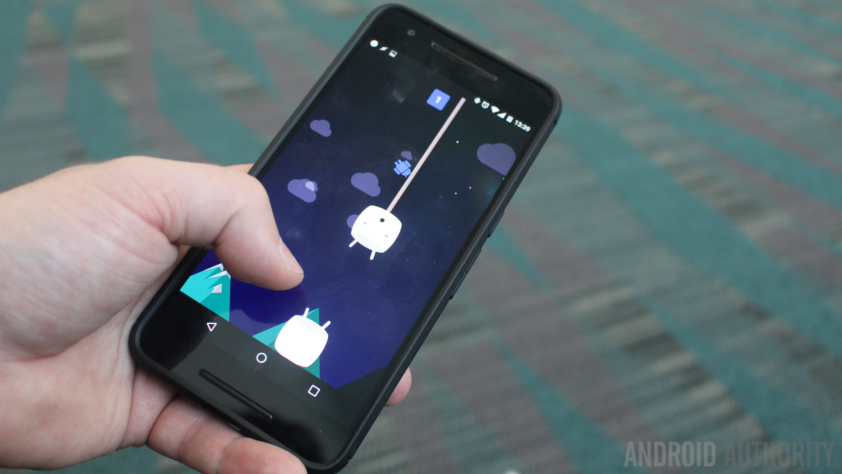
You thought this was over, not a chance, Google has slid in a unique and entertaining easter egg to most versions of the OS. Head back into those system settings and get to the Android version, now tap on it. Tap on it again. Ok, what you actually want to do it tap a few times rapidly, in this will load up the easter egg, usually an image or fancy logo representing your version of the OS.
But wait, there’s more! On the most recent few releases you can tap and/or hold on the easter egg to access another level of fun, most recently a simple tap and go game, Google’s take on Flappy Birds.
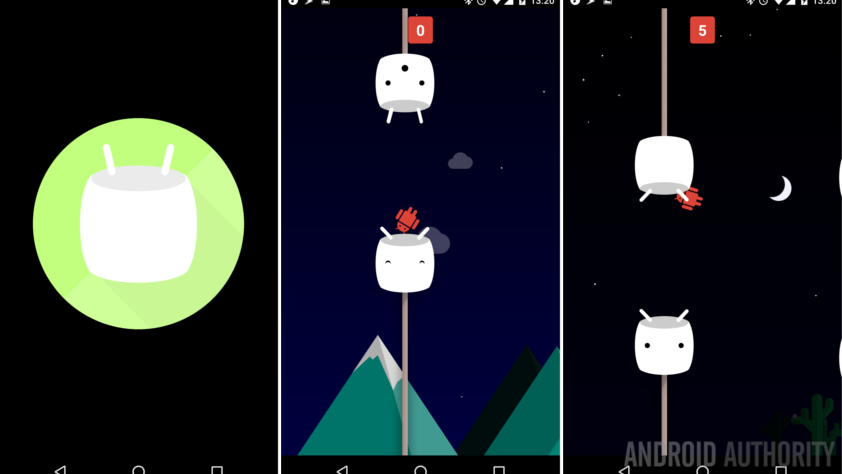
Enjoy.
Next week
I hope this little walk-through helped you figure out what version of Android you are using. Next week on our Android customization series will be another mystery piece, I am still on the road, looking for fun ways to use Android to enhance my trip. However, with E3 and the launch of our new partner site VR Source on deck, I’ve not been able to focus on how to help you travel smarter, no worries, I’ll get to it soon.
The simple question is one that we’ve already asked, what version of Android are you using?
More Android customization projects: